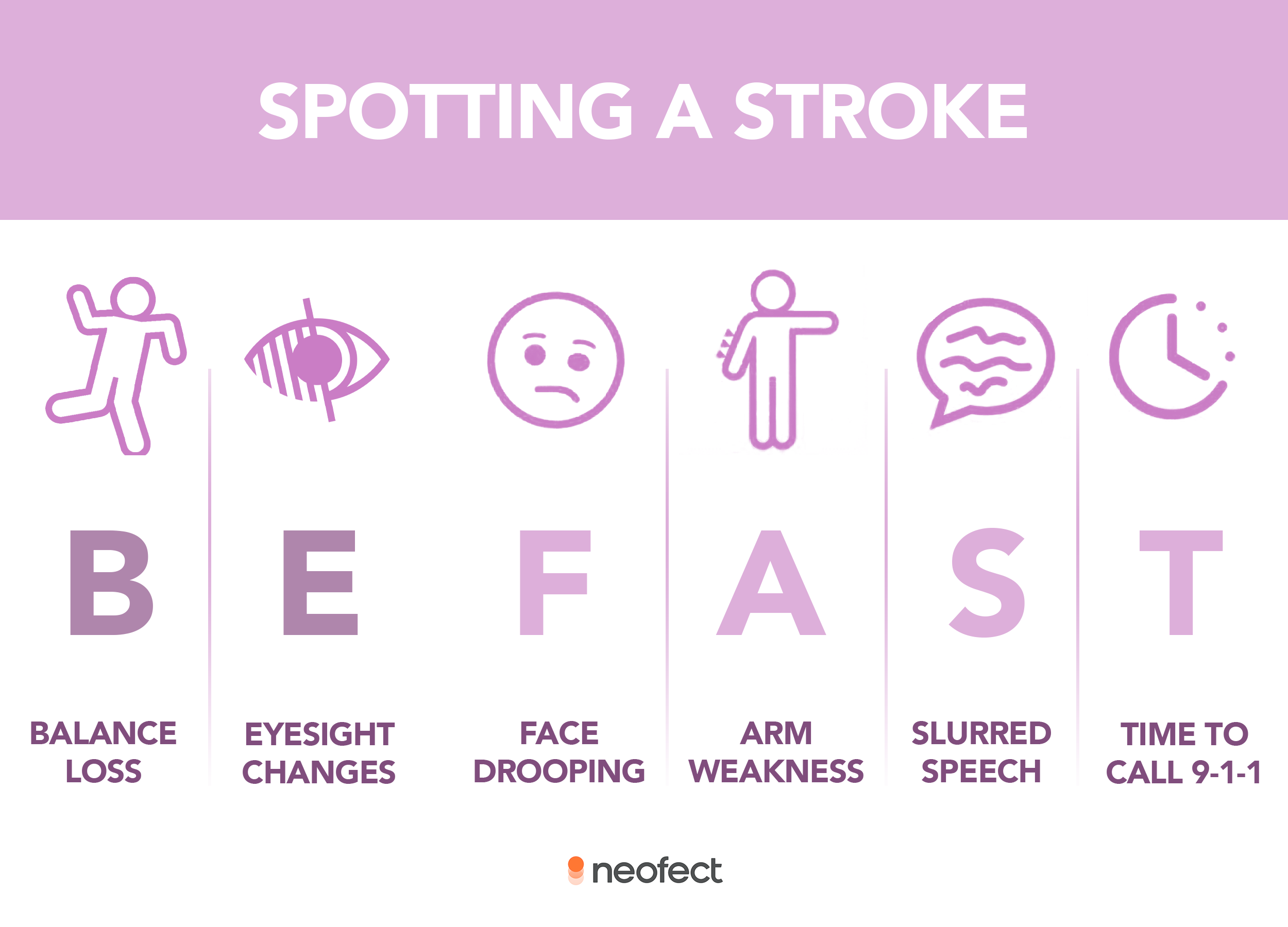

Numbness or weakness on one side of your body. Strokes can also occur when a blood vessel in the brain bursts and causes pressure on the brain. Stroke treatments work best when administered within the first three hours of the first symptom.Ī stroke is brain damage caused by something that blocks the blood supply to the brain, such as a blood clot. To limit damage to the brain, it’s essential to act fast once a stroke begins. Strokes can also cause lifelong complications such as brain damage or disability. To minimize brain damage and limit potential complications, experts say, minutes matter.A stroke is one of North America’s top five leading causes of death. The Association recommends calling for emergency help immediately, even if the symptoms go away.Īcting fast can improve your chances of accurate diagnosis, treatment and recovery. “Ignoring any stroke sign could be a deadly mistake,” says Mitch Elkind, M.D., chair of the American Stroke Association. That’s a lot to remember, so the American Heart Association has created a simple acronym, F.A.S.T. Strokes and mini-strokes can present with a wide variety of symptoms, including drooping facial muscles, sudden confusion, trouble talking, walking or understanding, severe headache, and numbness or weakness, especially on one side of the body. But in order to work, the drug must be given within 3 to 4.5 hours from the start of symptoms. If imaging reveals a clot blocking blood flow to the brain, doctors may be able to prevent further damage with the help of a clot-busting drug. Only brain imaging can determine whether you’re having a TIA or a stroke. When symptoms do arise, there’s no time to lose. The same process happens in a mini-stroke (known medically as a “transient ischemic attack” or TIA.) But unlike a stroke, mini-stroke symptoms are temporary, usually lasting from a few minutes up to 24 hours. This deprives brain tissue of oxygen and nutrients, and cells can begin to die within minutes. What happens in the brainĪ stroke occurs when the blood supply to part of the brain is blocked or severely restricted. “None of us wants to be ill.” Denial certainly seems to be a factor in the survey: 55 percent of respondents said they would call 911 first if they ever spotted symptoms of a mini-stroke- but only 3 percent actually did. #Are there warning signs days before a stroke full#
“I assume people are unable to recognize the seriousness of the event and the fact that it could lead to a full-blown stroke.” In reality, people who have a mini-stroke are significantly more likely to have a full stroke within 90 days.

Why would anyone discount such scary symptoms? “I really do not know,” says Elisabeth von der Lohe, M.D, cardiologist at IU Health. Yet instead of calling 911 right away-as the Heart Association urges-the vast majority of people chose to wait, rest, or take medicine. It’s not like the signs are easy to ignore: they come on suddenly and may include severe headaches, trouble walking, dizziness, and loss of balance or coordination.


Sadly, only 3 percent of people having those symptoms take the recommended action, according to a new survey from the American Heart Association/American Stroke Association (AHA/ASA). Fact: As many as 1 in 3 Americans experience signs of a “mini-stroke”-symptoms that may warn of an approaching, full-blown stroke.








 0 kommentar(er)
0 kommentar(er)
